Table of content
Chinese cabbage and tofu stew, a humble yet deeply satisfying dish, has graced tables across Asia for generations. This comforting stew combines the delicate sweetness of Chinese cabbage, the creamy texture of tofu, and aromatic seasonings to create a meal that is both nourishing and easy to prepare. Whether you’re a seasoned home cook or a novice in the kitchen, this recipe offers a gateway to exploring the balance of flavors and textures that define traditional Asian cuisine. Below, we’ll delve into the history of this dish, its health benefits, and a step-by-step guide to crafting it perfectly.
The Origins and Cultural Significance
Chinese cabbage, known as Bak Choy or Napa cabbage, has been cultivated in China for over 1,500 years. Its mild, slightly peppery flavor and tender leaves make it a versatile ingredient in stir-fries, soups, and stews. Tofu, or bean curd, has a equally storied history, dating back to ancient China where it was revered as a protein-rich staple for vegetarians and monks. Together, these ingredients form a marriage of simplicity and nutrition, embodying the philosophy that wholesome food need not be complex.
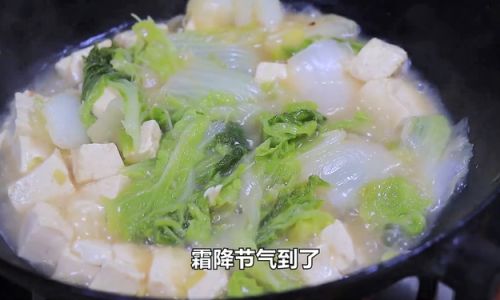
In many households, this stew is a symbol of frugality and creativity—a way to transform humble ingredients into a meal that warms the soul. It is often served during colder months, when its steaming broth and hearty ingredients provide respite from the chill. However, its lightness also makes it a favorite in warmer climates, where it can be enjoyed without weighing down the palate.
Health Benefits: A Nutritional Powerhouse
Before diving into the recipe, it’s worth noting the nutritional merits of this dish. Chinese cabbage is rich in vitamins C and K, fiber, and antioxidants, which support immune function and digestive health. Tofu, made from soybeans, is an excellent source of plant-based protein, iron, and calcium, making it a boon for vegetarians and vegans. The combination of these ingredients creates a low-calorie, high-nutrient meal that aligns with modern wellness trends while honoring culinary traditions.
Ingredients: Simplicity as a Virtue
The beauty of this stew lies in its minimalist ingredient list. Here’s what you’ll need:
- 1 medium head of Chinese cabbage (about 1.5 pounds): Look for firm, crisp leaves with no wilting.
- 14 ounces of firm tofu: Opt for extra-firm tofu if you prefer a chewier texture.
- 4 cups vegetable or chicken broth: Low-sodium broth allows for better seasoning control.
- 3 garlic cloves, minced: Fresh garlic adds a pungent aroma.
- 1-inch piece of ginger, grated: Ginger imparts a subtle warmth.
- 2 tablespoons vegetable oil: For sautéing aromatics.
- 1 tablespoon soy sauce: Use tamari for a gluten-free option.
- 1 teaspoon sesame oil: A finishing touch for depth.
- Salt and white pepper: To taste.
- Optional garnishes: Sliced green onions, chili oil, or toasted sesame seeds.
Step-by-Step Preparation
Preparing the Ingredients
Begin by rinsing the Chinese cabbage under cold water. Pat it dry, then chop it into 1-inch strips, separating the tender leaves from the thicker white stems. The stems require slightly longer cooking time, so they’ll be added to the pot first.
Drain the tofu and wrap it in a clean kitchen towel or paper towels. Place a heavy plate or skillet on top to press out excess moisture for 15–20 minutes. This step ensures the tofu absorbs flavors better and doesn’t fall apart during cooking. Once pressed, cut the tofu into 1-inch cubes.
Mince the garlic and grate the ginger. Measure out the broth, soy sauce, and sesame oil, and have your seasonings within reach.
Sautéing the Aromatics
Heat the vegetable oil in a large pot or Dutch oven over medium heat. Add the minced garlic and grated ginger, stirring constantly for 1–2 minutes until fragrant. Be careful not to let them brown, as this can impart bitterness.
Building the Flavor Base
Add the chopped cabbage stems to the pot, stirring to coat them in the aromatic oil. Sauté for 3–4 minutes until they begin to soften. This preliminary cooking mellows their crunch and allows them to release moisture, which will become part of the stew’s broth.
Simmering the Broth
Pour in the vegetable or chicken broth, followed by the soy sauce. Stir gently to combine. Increase the heat to medium-high and bring the mixture to a gentle simmer. Once simmering, reduce the heat to low, cover the pot, and let it cook for 10 minutes. This allows the cabbage stems to tenderize further and the flavors to meld.
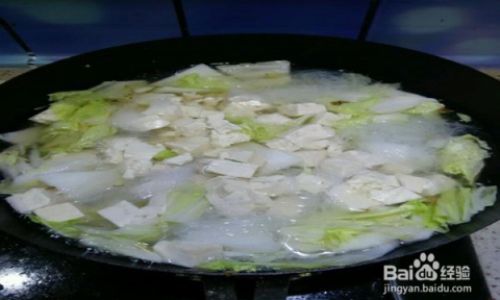
Adding the Tofu and Leaves
Gently place the tofu cubes into the pot, followed by the reserved cabbage leaves. Submerge them lightly with a spoon to ensure they’re partially covered by the broth. Cover the pot again and simmer for an additional 8–10 minutes. The leaves will wilt, and the tofu will absorb the savory broth.
Final Seasoning and Finishing Touches
Taste the stew and adjust the seasoning with salt and white pepper. A pinch of sugar can balance the bitterness if desired, though this is optional. Drizzle the sesame oil over the surface just before serving—its nutty aroma will elevate the dish.
Cooking Techniques and Tips
- Tofu Handling: For crispy tofu, pan-fry the cubes before adding them to the stew. This adds texture contrast but requires extra time.
- Broth Variations: Experiment with mushroom broth for an umami-rich twist or miso paste dissolved in water for a fermented depth.
- Spice Level: Add a sliced chili pepper or a dash of red pepper flakes during the aromatics step for heat.
- Vegetable Additions: Mushrooms, carrots, or spinach can be added for extra color and nutrition.
Customization and Regional Twists
While the classic recipe is beloved, regional variations abound. In Korea, a similar dish might include gochujang (chili paste) and anchovy broth, while Japanese cooks might add miso and dashi. For a heartier meal, some recipes incorporate ground pork or shrimp. Feel free to adapt the stew to your taste preferences, keeping the core ingredients intact.
Serving Suggestions
This stew pairs beautifully with steamed rice, quinoa, or noodles. For a complete meal, serve it alongside pickled vegetables or a simple cucumber salad. The broth’s lightness also makes it ideal for sipping directly from a bowl, especially on chilly evenings.
Storage and Leftovers
Leftover stew can be stored in an airtight container in the refrigerator for up to three days. The flavors often deepen overnight, making it a satisfying lunch option. Reheat gently on the stove, adding a splash of water or broth if the stew thickens too much.
Conclusion: The Joy of Simple Cooking
Chinese cabbage and tofu stew is more than a recipe—it’s a testament to the beauty of uncomplicated, wholesome food. In a world of elaborate dishes and fussy techniques, this stew reminds us that sometimes, the most profound flavors emerge from humility. Whether you’re cooking for yourself, your family, or a gathering of friends, this dish invites connection and contentment. So, gather your ingredients, embrace the rhythm of the kitchen, and savor the magic of a meal that nourishes both body and spirit.
As you take your first spoonful, let the warmth of the broth and the tenderness of the cabbage and tofu transport you to a place where food is love, and simplicity is celebrated. Bon appétit!
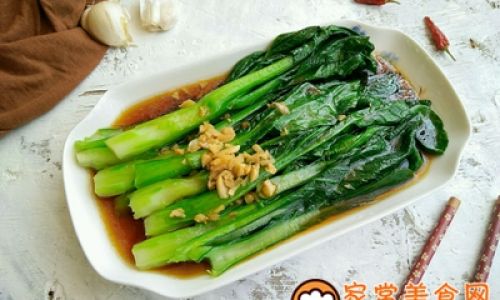

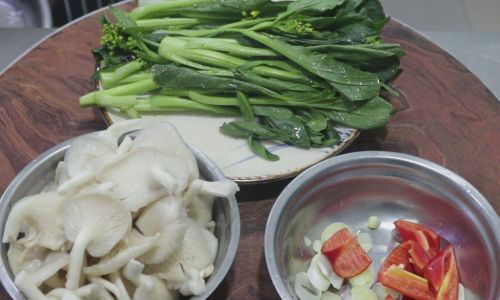
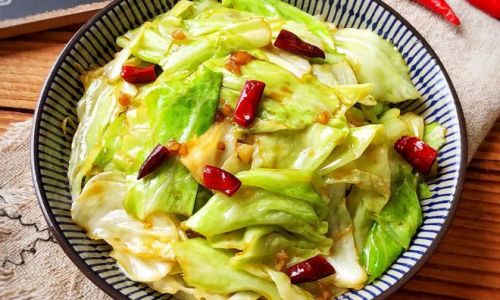
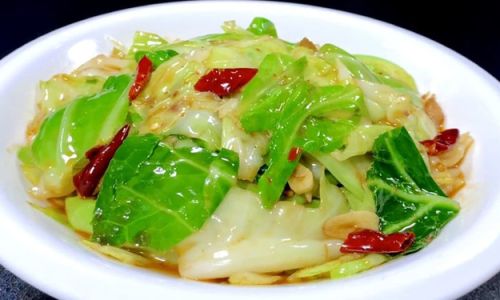
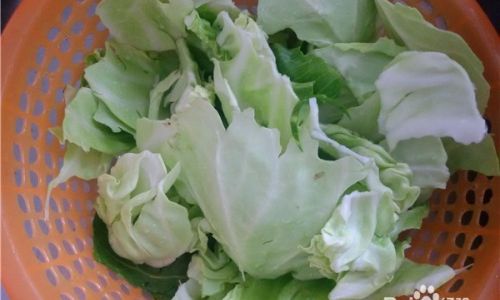
0 comments